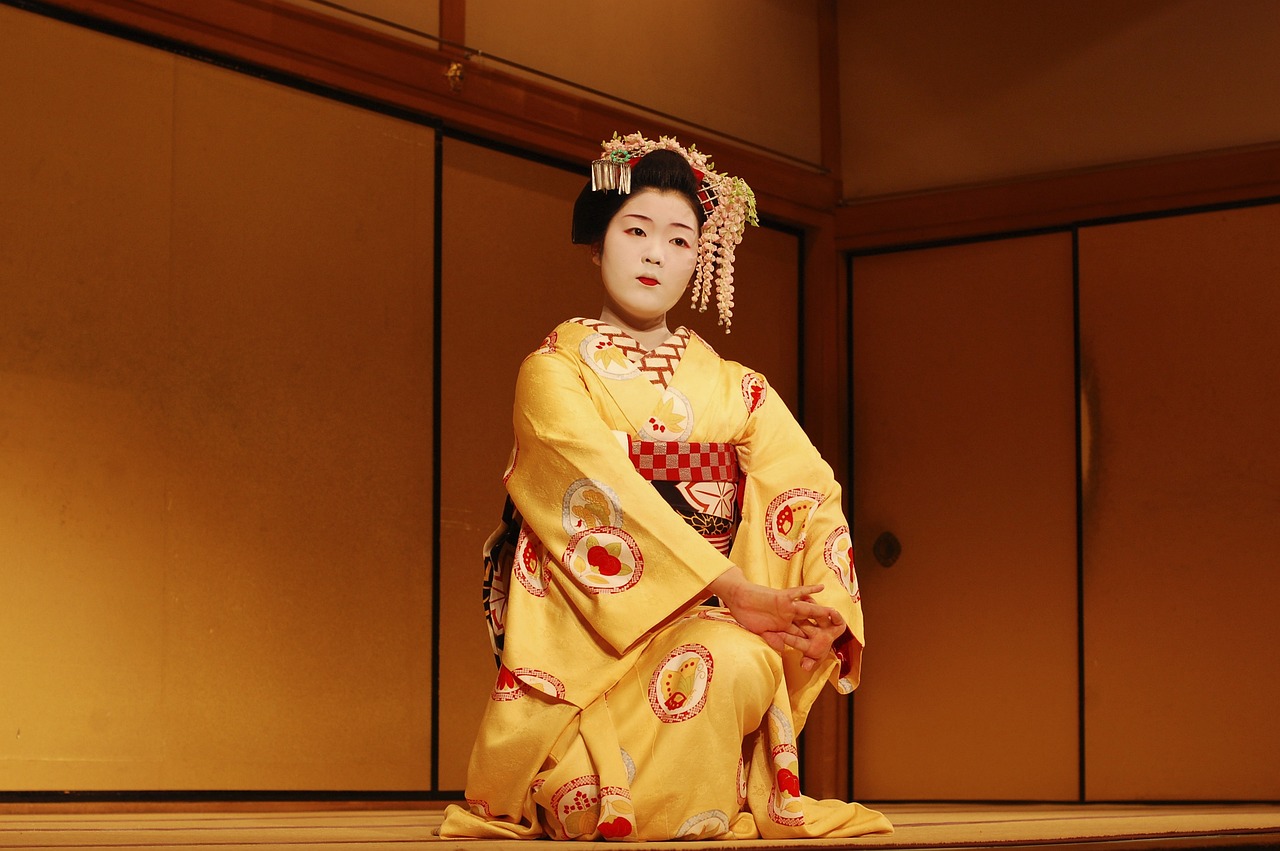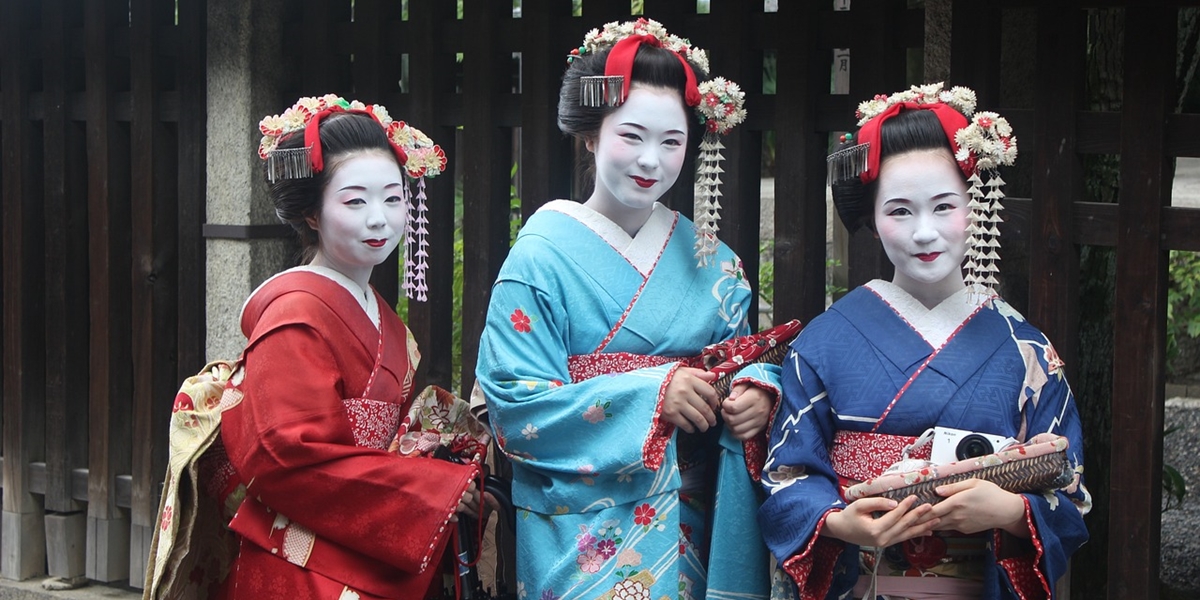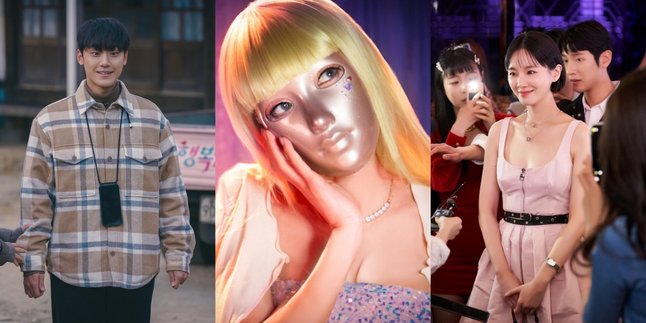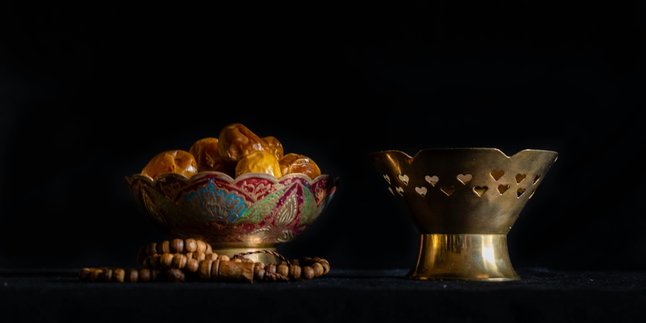Kapanlagi.com - Geisha is a symbol of elegance in Japanese culture that attracts attention as skilled artists in traditional arts. Well, in this article Kapanlagi will explain about the definition of geisha, history, rank, and the process of becoming a geisha.
From its historical roots in the Edo period to its development as a cultural icon, we will understand the journey of geisha in Japanese society. In the structured hierarchy of the geisha world, there are stages that must be passed from maiko to senior geisha.
Let's explore the beauty and elegance of the life of a geisha in this rich Japanese culture in the following article. Let's check it out, KLovers.
1. Geisha is an Artist, Not a Prostitute

Illustration (credit: pixabay.com)
Geisha is one of the most famous Japanese cultural icons worldwide. They are skilled professional artists in traditional Japanese arts such as singing, dancing, playing musical instruments, and performing tea ceremonies. Despite often being misunderstood as prostitutes, geisha are actually highly skilled artists who are rigorously trained in Japanese cultural traditions.
The process of becoming a geisha starts at a young age, where prospective geisha, called "maiko," are selected from girls who have artistic talents and a willingness to learn. Maiko then undergo intensive training, which includes lessons in traditional dance, music, playing instruments like the shamisen, as well as proper dress and speech according to ancient Japanese etiquette.
After completing the long training period, maiko then become full-fledged geisha and can start their professional careers. Geisha are usually known for their distinctive appearance, including beautiful kimonos and intricate facial makeup. They often serve to entertain wealthy and influential guests at parties, business meetings, or other special events featuring geisha.
In addition to being entertainers, geisha also play a role in preserving ancient Japanese traditions and culture. They uphold traditional arts such as dance, music, and tea ceremonies, which have largely declined in popularity with the modernization of Japan.
Although the number of geisha has significantly declined, they are still valued and respected as an integral part of Japanese cultural heritage.
2. The History of Geisha

Illustration (credit: pixabay.com)
The history of geisha in Japan began in the Edo period (1603-1868), when they first emerged as dancers and singers who entertained workers in entertainment districts called "hanamachi". Initially, geisha were called "geiko" or "geigi" and were mostly known as skilled artists in traditional arts such as dance, singing, and playing musical instruments.
In the 18th century, geisha culture flourished amidst the development of arts and entertainment in major cities like Kyoto and Edo. They began to be highly sought-after entertainers among the nobility and upper class. Geisha were known for their expertise in elegant arts, eloquent speech, and their ability to create a pleasant atmosphere in social gatherings.
During the 19th century, geisha reached the peak of their popularity, becoming symbols of luxury and elegance. They often performed in special theaters or tea houses to entertain wealthy guests. During this time, geisha also became fashion and lifestyle models emulated by the general public. However, towards the end of the Edo period and the beginning of the Meiji period (1868-1912), geisha experienced a decline.
Several social and economic changes, including the prohibition of luxurious kimonos and strict regulations on the sex industry, also affected the geisha industry. Nevertheless, geisha managed to survive and adapt to the changing times. In the modern era, geisha still exist and continue to be an important part of Japanese culture. They remain icons of elegance, beauty, and tradition in Japanese society.
Currently, geisha serve as skilled professional artists in various traditional arts, as well as protectors of Japanese cultural heritage. Although their numbers have significantly declined, geisha still remain important symbols of beauty and luxury in Japanese culture. Thus, geisha are now seen as symbols of elegance, beauty, and tradition in Japanese culture.
3. Stages of Becoming a Geisha

Illustration (credit: pixabay.com)
And how does one become a geisha? The process of becoming a geisha is a long journey that requires strong commitment to Japanese traditions and arts.
Only those with high dedication to preserving cultural heritage can successfully pass through all these stages. The process of becoming a geisha consists of highly structured steps.
The following are the usual stages undergone to become a geisha:
1. Selection and Early Training
Prospective geisha, known as "maiko" or "hangyoku", are typically chosen from girls who have artistic talent and willingness to learn. They usually begin their training in their teenage years, often between 15 and 18. This process starts with acceptance into an "okiya" or geisha house where they will live and receive training.
2. Training in Traditional Arts
Maiko then undergo intensive training in various traditional Japanese arts, including traditional dance, singing, playing instruments like shamisen, and the art of tea. They learn complex techniques that require consistent practice to master.
3.Etiquette and Appearance Learning
In addition to traditional arts, maiko are also taught etiquette and appearance appropriate to ancient Japanese culture.They learn about dressing, speaking, body movements, and proper social etiquette in interacting with guests.
4.Maiko Period
After completing the initial training, maiko will enter the phase as full maiko.They will start performing in public as part of their education.During this period, they will wear more luxurious kimonos and more intricate facial makeup than senior geisha.
5.Full Geisha Period
After several years as maiko, they then become full geisha and can start their professional careers. At this stage, they have more freedom in choosing their clients and attending special events as entertainers.
6.Career Development
Over time, geisha can continue to develop their careers by improving their skills in traditional arts, building client networks, and pursuing larger art or business projects.
4. Hierarchy in Geisha

Illustration (credit: pixabay.com)
Well, besides knowing the explanation of geisha above, KLovers also need to know what levels are there in geisha. Yes, in the world of geisha there are levels or ranks that indicate the level of experience and skills of a geisha is ready to start working professionally.
These levels reflect the level of experience and skills of a geisha in traditional Japanese arts as well as their ability to serve and entertain guests with the grace and beauty that are typical of geisha culture.
Therefore, here are some levels in the geisha hierarchy:
1. Maiko (Hangyoku)
Maiko is the initial stage in the training of a geisha. They are geisha candidates who are still in the process of learning and intensive training. Maiko are usually young, between the ages of 15 and 18, and live in a geisha house or "okiya". They are recognized by brighter kimonos, more intricate facial makeup, and more striking accessories.
2. Full Geisha
After several years as a maiko and passing strict exams, they then become full geisha or "geiko". Geisha full has more mature skills and has reached a professional stage in their career. They can choose their own clients, perform at various events, and have more autonomy in their daily activities.
3. Senior Geisha
This type is some geisha who have spent years in the industry and can achieve the status of senior geisha. They have a strong and respected reputation in the geisha community. Senior geisha often have a role as mentors to maiko and junior geisha, as well as holding important responsibilities in preserving geisha traditions and culture.
That is how the explanation of geisha as a Japanese cultural icon that we know today. Starting from the history, stages of becoming a geisha, to the levels in the geisha hierarchy.
(kpl/dhm)
Disclaimer: This translation from Bahasa Indonesia to English has been generated by Artificial Intelligence.
















